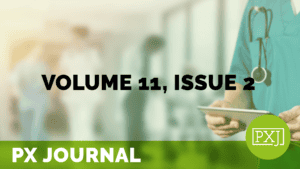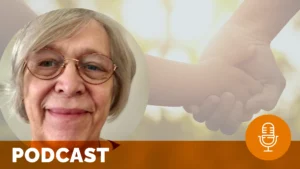Your Story + Your Perception = Your Volunteer Patient Engagement Program
Published January 1, 2010


Beth Daddario, CAVS | Inspira Health
You will hear stories and helpful discussions in this webinar about training volunteers about Patient Engagement and evaluating questions in the HCAHPS Survey that can be addressed and impacted by Volunteer Support.
*This resource was originally developed by the Association for Health Care Volunteer Resource Professionals (AHVRP) prior to AHVRP integrating with The Beryl Institute in July 2020. This webinar does not offer Patient Experience Continuing Education Credit (PXE).
Related content
-
Policy & Measurement
The Perceived Usefulness of Patient Narrative Feedback in Primary Care Settings
Published August 8, 2024

Research suggests that insights from patient narratives – stories about care experiences in patients’ own words – contain information that can be used to improve care. However, assessments of narratives reported by clinical personnel have been mixed.
Learn more -
Policy & Measurement
Green, Yellow, Red: Creating an Experience with Feedback Buttons
Published December 16, 2024

Stacy Palmer, Senior Vice President and COO of The Beryl Institute, joins Steven Peltzman, CEO of FeedbackNow, to explore how their innovative feedback devices are transforming the healthcare experience. Tune in as Peltzman discusses the profound impact of empowering patients with a sense of control in situations that often feel beyond their grasp.
Learn more -
Policy & Measurement | Quality & Clinical Excellence
We need to be the patient in the room
Published March 25, 2024

Transgender activist Emily Newberry joins Director of Community Experience, Amy Kwiatkowski to share her multi-decade journey of acceptance and understanding and how it led her to the field of patient experience and advocacy. Listen as Emily describes how her own experience navigating the health care system as a transgender woman inspired her to be persistent
Learn more
